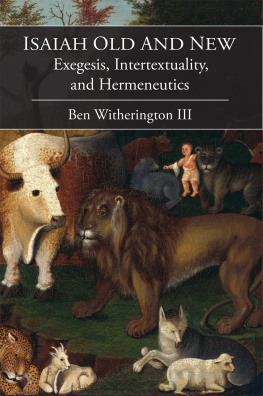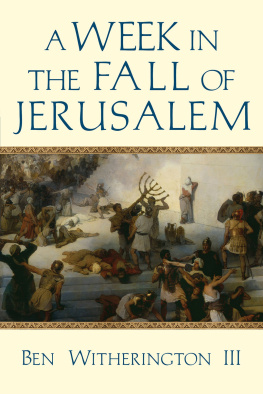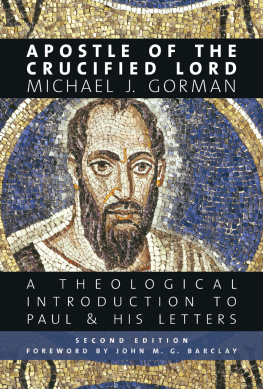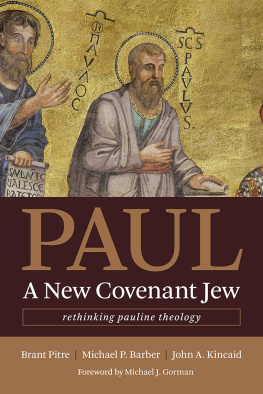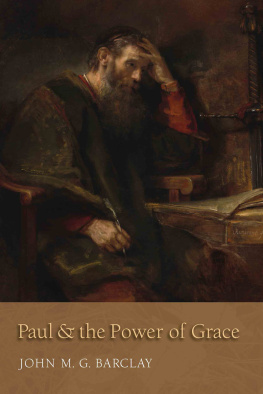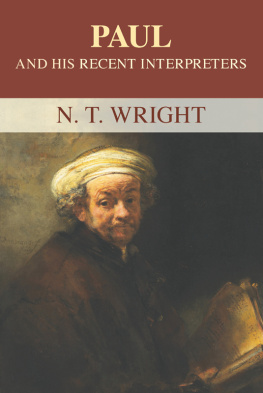Sommaire
Pagination de l'dition papier
Guide
InterVarsity Press
P.O. Box 1400, Downers Grove, IL 60515-1426
ivpress.com
2020 by Ben Witherington III and Jason A. Myers
All rights reserved. No part of this book may be reproduced in any form without written permission from InterVarsity Press.
InterVarsity Pressis the book-publishing division of InterVarsity Christian Fellowship/USA, a movement of students and faculty active on campus at hundreds of universities, colleges, and schools of nursing in the United States of America, and a member movement of the International Fellowship of Evangelical Students. For information about local and regional activities, visit intervarsity.org.
All Scripture quotations, unless otherwise indicated, are taken from The Holy Bible, New International Version, NIV. Copyright 1973, 1978, 1984, 2011 by Biblica, Inc.Used by permission of Zondervan. All rights reserved worldwide. www.zondervan.com. The NIV and New International Version are trademarks registered in the United States Patent and Trademark Office by Biblica, Inc.
Cover design and image montage: David Fassett
Interior design: Daniel van Loon
Images: sedmak/iStock/Getty Images Plus
ISBN 978-0-8308-7344-9 (digital)
ISBN 978-0-8308-5231-4 (print)
This digital document has been produced by Nord Compo.
To
Kingsley Barrett
(in memento mori),
and
Andrew Lincoln
and
Gordon Fee,
who taught me Paul, and taught me well.
BEN WITHERINGTON III

To
Lisa
and our long-awaited gift from God,
Augustine Matthew.
JASON MYERS
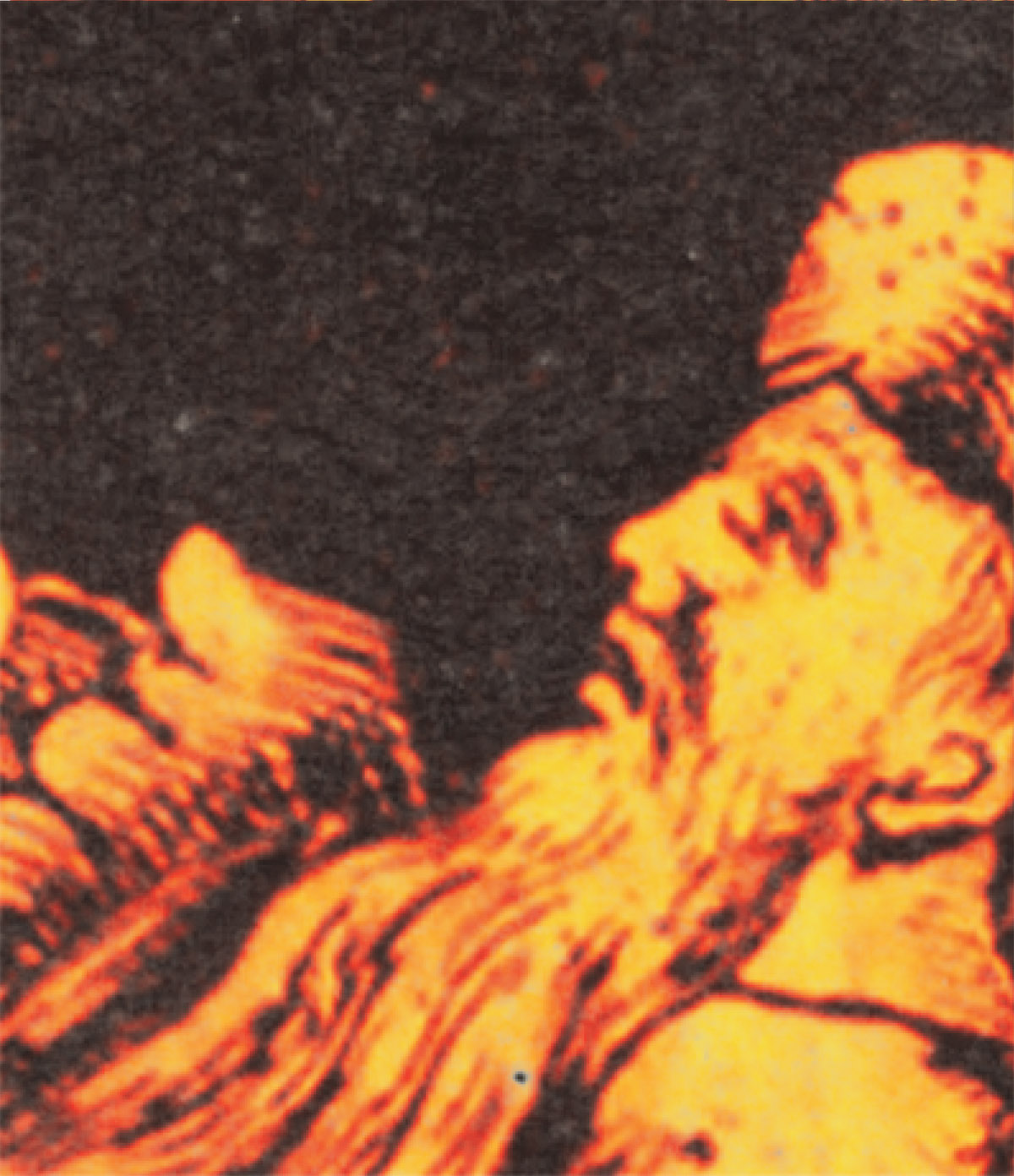
A great deal of Pauline water, indeed a veritable flood of Pauline water, has passed under the bridge since the first edition of The Paul Quest appeared in 1998 and then won a biblical studies book of the year award from Christianity Today in 1999. Some very majorand some would say seminal and game-changingstudies on Paul began to appear in 1998, starting with J. D. G. Dunns synthesis volume, The Theology of Paul the Apostle, followed by a whole series of books on Paul or his thought world by N. T. Wright, climaxing in 2013 with Wrights magnum opus Paul and the Faithfulness of God. This was then unexpectedly followed by a capstone work by E. P. Sanders titled Paul: The Apostles Life, Letters, and Thought, in 2015, and perhaps the most important study on Pauls theology of grace in a generation, by John Barclay, titled Paul and the Gift, which also appeared in 2015.
What characterizes all these works is that they are very large books indeed, the smallest one being Barclays, which is a mere 670-plus pages, with Wrights volumes clocking in at a hefty 1,700-plus pages. Yes, there have also been a variety of other seminal, more specialized studies on Paul in the last twenty years, but none more influential than these on the field, and it should be noted that they all come from the pens of those who either are British New Testament scholars or spent considerable time, as Sanders did (at Oxford), teaching at British institutions and imbibing the Pauline air from that side of the pond. But it should not be overlooked that the more apocalyptic reading of Pauls thought by Ernst Ksemann (see especially his Romans commentary) has borne major fruit in America in Lou Martyns landmark Galatians commentary and then in various works by his doctoral student Beverly Gaventa. Also, some of the scholars associated with the new perspective on Paul, such as Richard Hays and N. T. Wright, have been especially influential in advocating the reading of the Pauline phrase pistis Christou (literally faith of Christ) to refer to Christs own faith and faithfulness to God.
Thus it is that the course of Pauline studies in the last twenty years dictates a different approach to the study of Paul than was undertaken in the first Paul Quest book, where I (Ben) focused on three different aspects of the Pauline personalityPaul the Jew, Paul the Roman citizen, and Paul the follower of Christ. In this study, we must focus on the interface between Pauline thought and the Pauline mission, with special attention to the former, because that is where the balance of the discussion has beentaking up topics such as the faith of Christ, or justification, or grace. We will do this by focusing carefully on the contributions of these major works, and related seminal studies, assessing both how they have advanced our understanding of Paul and his thought world, and how they may have gone awry in the course of the deep and helpful probing that characterizes these works. We will consider the new perspective(s) on Paul, the apocalyptic Paul of Martyn and Gaventa (and others), the misreading of Pauls concepts of righteousness and grace, and much more. We have no illusions that we can cover the whole Pauline waterfront of the last twenty yearstheres simply too much water! But what we can do is assess some of the major studies and contributions that have been and are likely to continue to be the most influential for our understanding of the first great Christian theologian and missionaryPaul the apostle to the Gentiles.
As for the division of labor, Ben will be taking on the chapters on Wright and Barclay, while Jason will contribute the chapters on the new perspective in general, on Sanders, on Dunn, and on the apocalyptic Paul. In the final conclusions, we will raise and try to answer some questions about what fresh light all these discussions shed on Paul the man, his mission, and his thought world.

To my editors Dan Reid and Michael Thomson, for all their encouragement over many years as I kept writing about Paul.
Ben Witherington III
My love of Paul was inspired by my first teacher of Paul, Dr. Chris Miller. Under him, I devoured Galatians and Romans in spring 2006. Sitting on a back porch pouring over Pauls letters piqued my interest in what these ancient letters might have to say for today. I can honestly say this book would never had happened without his introducing me, in many ways for the first time, to the apostle Paul. Likewise, Dr. Gary Meadors instilled the virtue of a love for research and understanding the history of ideas. Finally, Dr. Ben Witherington has graciously guided me towards some formative readings of Paul and graciously gave me the opportunity to write this book with him. To all my teachers, I am grateful for your generosity toward me and investment in me.


